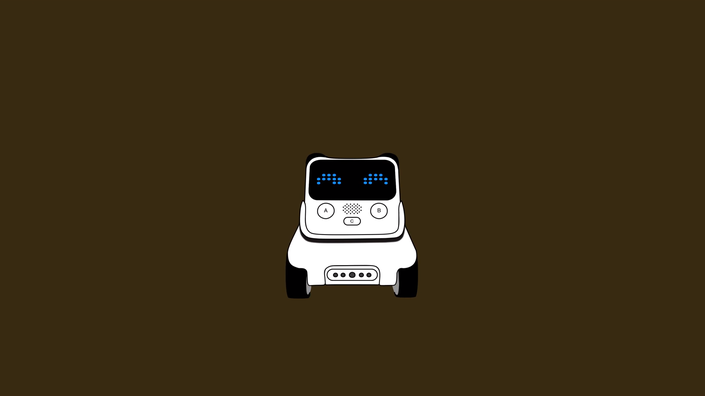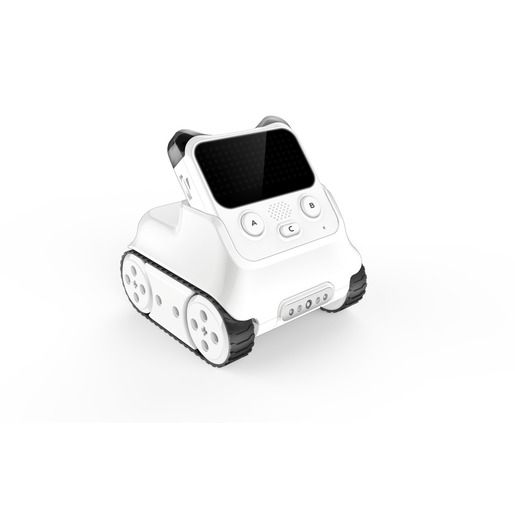
Codey Rocky: The Dance Instructor (Grade 4-6)
Description
In this lesson, students will learn how to apply the creative process to the composition of movement sequences and short dance pieces, using the elements of dance to communicate feelings and ideas. Using the coding concept of sequences, loops and conditionals, along with the sensors in order for Codey Rocky to display a specific dance routine that another group can copy.
Objectives
1. By the end of this lesson students will be able to describe the difference between sequences and loops as well as how they have been used in their code.
2. By the end of this lesson students will be able to describe what conditionals are and how they work in code along with using sensors appropriately.
3. By the end of this lesson students will be able to program a dance routine on Codey Rocky using different movements and actions.
Curriculum Connections Summary
- Ontario - Mathematics - Algebra (Coding) & Art (Dance)
- Quebec - Art (Dance)
- New Brunswick - Art (Dance)
- Nova Scotia - ICT
- Alberta - Physical Education, ICT & CTF
- British Columbia - Arts Education & ADST
- Manitoba - Art (Dance)
- Saskatchewan - Art
- Newfoundland & Labrador - Art
- Yukon Territories - Follow's B.C.'s Curriculum
- Northwest Territories - Follows Alberta's Curriculum
- Nunavut - Follows Alberta's Curriculum
Find Out More

Write your first line of code!
Codey Rocky combines hardware with software, allowing children to learn about programming while they play and create. Using mBlock, a software which supports both blocked-based and Python programming, Codey Rocky takes children by their hands and leads them into the world of technology with its in-built AI and IoT functionalities, giving them a competitive edge in the AI era.

